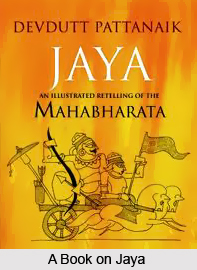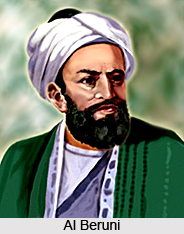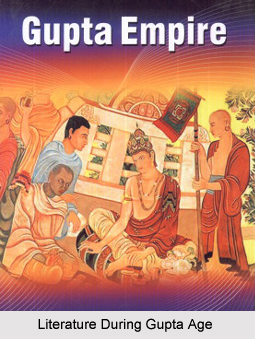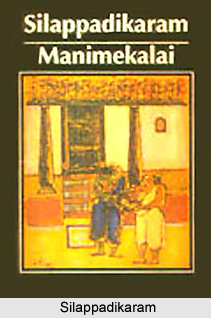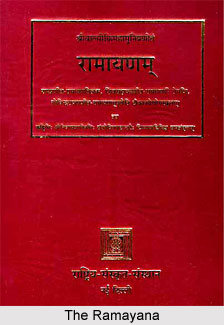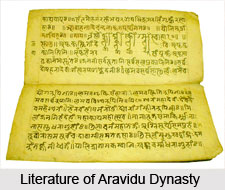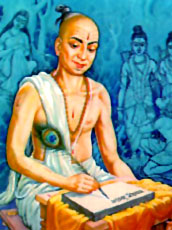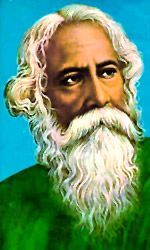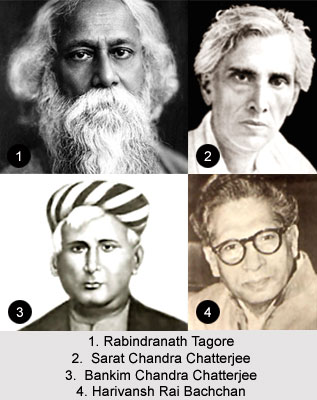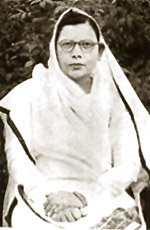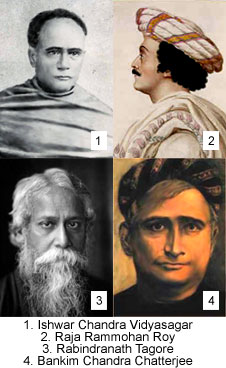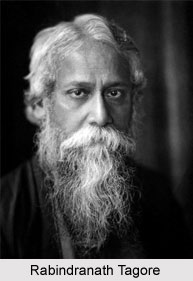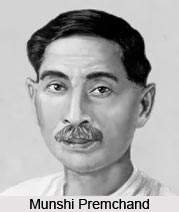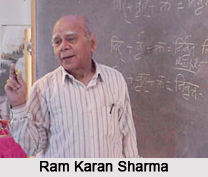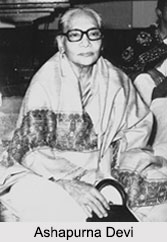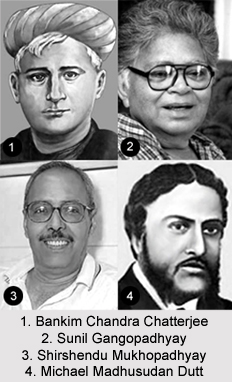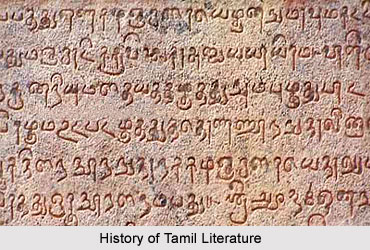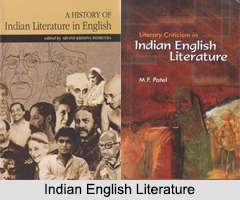 Cuntara Ramacami, also known as Sundara Ramasami or Su Ra, was a much respected Tamil author who significantly contributed to the modern era in Tamil literature. He published and edited a reputed literary magazine entitled Kalachuvadu. Ramacami composed numerous verses under the pseudonym Pasuvayya. Nadunisi Naaykal, meaning Dogs at Midnight, was a collection of his poetry which gained immense popularity. Some of the novels written by Cuntara Ramacami include Kuzhanthaikal Penkal Aankal (Children Women Men), J.J Silakuripukal and Oru Puliya Marathin Kathai (The Story of a Tamarind Tree).
Cuntara Ramacami, also known as Sundara Ramasami or Su Ra, was a much respected Tamil author who significantly contributed to the modern era in Tamil literature. He published and edited a reputed literary magazine entitled Kalachuvadu. Ramacami composed numerous verses under the pseudonym Pasuvayya. Nadunisi Naaykal, meaning Dogs at Midnight, was a collection of his poetry which gained immense popularity. Some of the novels written by Cuntara Ramacami include Kuzhanthaikal Penkal Aankal (Children Women Men), J.J Silakuripukal and Oru Puliya Marathin Kathai (The Story of a Tamarind Tree).
Early Life of Cuntara Ramacami
Cuntara Ramacami was born on 30 May 1931, in the region of Thazhuviya Mahadevar Kovil, which is a village in Nagercoil in the Tamil country. He started writing at the age of 20 by forming his short story Muthalum Mudivum which was published in Pudimaipithan Ninaivu Malar. He also translated Thakazhi Sivasankara Pillai`s Malayalam novel, Thottiyude Makan into Tamil language. During his yearly age, Ramacami was greatly influenced by the works of savants and reformers such as Jiddu Krishnamurti, Dr. J.C. Kumarappa, Dr. Ram Manohar Lohia, Sri Ramakrishna Paramahamsa, Sri Aurobindo, E.V. Ramaswamy Naicker and Gandhi.
Literary Works of Cuntara Ramacami
Cuntara Ramacami or Sundara Ramasami implemented subtle humour in his short stories, which also emphasizes on some of his rigid convictions. The work of Piracatam is the second collection of the Tamil author and comprises of 18 exceptional short stories in Tamil. But this work does not contain the passion for socio-economic revolution that existed in the stories of the first collection. Ramacami is rather skilled in providing perfect form to his short stories. The works include various types of characters, such as a sick person, a policeman or a temple priest, who are depicted very realistically which creates an impression in the minds of the readers and fascinates them. The colloquial language used in the Kanyakumari district is also implemented in the stories to portray conversation among the characters. This is mainly done according to the need of the plot and story.
Akkaraic Cimaiyil is another collection from Cuntara Ramacami which consists of some well crafted and excellent Tamil short stories. In one of the short stories, a scene involving a group of vagabonds and orphans who unite together to oppose the daughter of a capitalist is depicted with novelty. In the novel Oru Puliyamarattin Katai, the author has implemented a new technique of writing. The central character of the novel is a tamarind tree. It is the tale of a lonely tree that stands at the edge of a road, after the forest has been removed and the tank filled up. Eventually the tamarind tree is also cut down. The novel portrays the various conversations that take place during this process, which includes the many discussions amongst the people in the town, the talks between the chairman of the town council and a clerk, as well as the problems and experiences of a petty shopkeeper who started his business venture under the tamarind tree. These events and incidents are illustrated and represented in a fascinating manner.
Cuntara Ramacami, alternatively known as Sundara Ramasami, began composing poetry in the year 1959. His desire for writing and developing new poetry originated from the poor form of Tamil poetry that remained weak as it was strictly controlled by the classical system of versification. Although Cuntara Ramacami has created a limited number of poetic works, but his compositions are of great significance in the history of Tamil literature.
